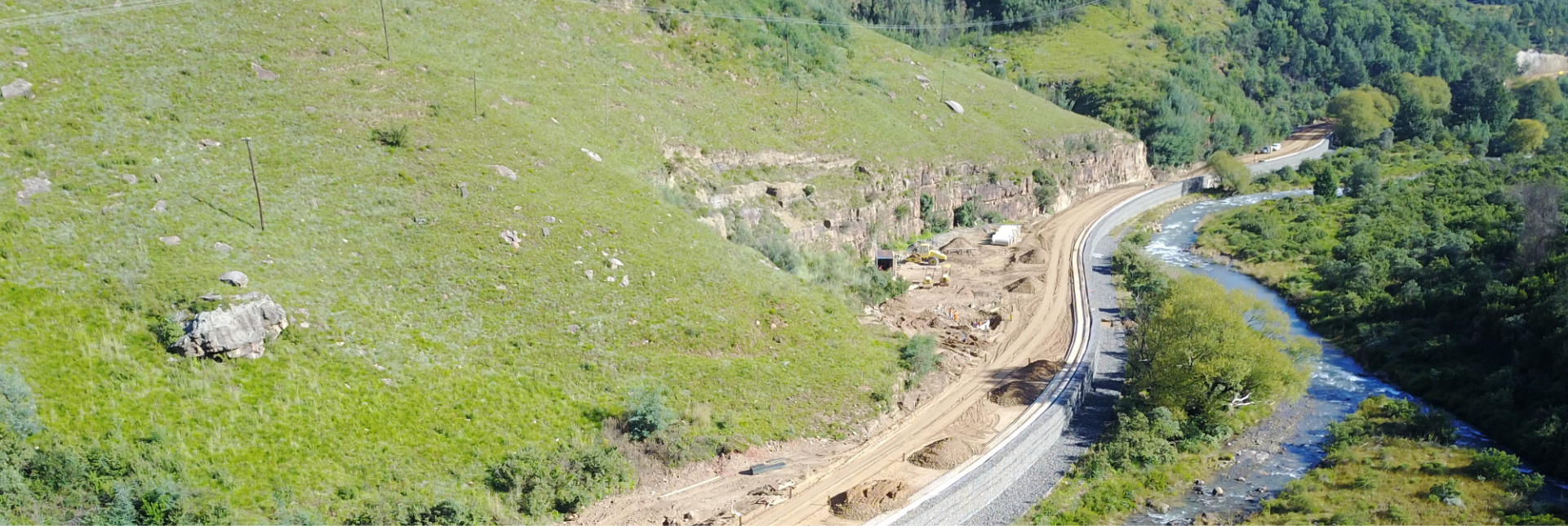This Case Study has been Provided by Solmax
Pit thermal energy storage (PTES) is a proven solution for district heating. It is a large water reservoir that stores thermal energy from various sources, i.e. the sun and wind, combined heat and power (CHP), and residual heat from industrial plants. As shown in Figure 1, heat generated by the sun during the summer can be stored in a PTES until the main heating season in the winter months. Heat from industrial waste and CHP plants can also be collected and fed into district-heating networks when it is required. These are then used to supply the entire adjacent residential areas or districts with green energy from a sustainable and renewable heat sources.
The PTES is a closed system. It must be properly sealed with high-temperature resistant geomembranes base liners and a geomembrane floating cover systems, as shown in Figure 1, to minimize loss of energy to the environment and ensure efficiency of the heat storage. The importance of the sealing component does not only lie within the geomembrane, to achieve a high level operational efficiency of the PTES, other components include thermal insulation, gas venting and drainage systems that are equally important to control heat loss and water ingress, etc. The main sealing component in PTES system is the High Density Polyethylene (HDPE) geomembrane that must be able to resist high temperature stored water – up to 95 degrees celcius. Solmax’s high temperature resistance geomembranes are specifically formulated to perform under high temperature condition with an expected longer lifespan compared to more traditional geomembrane products. Furthermore, having a geomembrane cover with low water vapour transmission is beneficial to the system. It minimizes water ingress into the insulated floating cover which could reduce the insulating capacity, resulting in undesired heat loss. For this reason, high temperature resistance geomembrane, produced with HDPE that exhibiting low water vapor transmission, is the preferred material for sealing of PTES the storage systems. The geomembrane cover must also be water-tight and it should be highly resistant against to UV radiation to ensure for a long service lifetime.
Solmax’s geosynthetic solution has been successfully used in PTES systems since 2011 with an estimated total installed volume of over 500,000 m3 . Table 1 shows the successful projects constructed by GSE Lining Technology GmbH (a SOLMAX company). Figure 2 and 3 show the construction in progress and the final view of two PTES facilities.
Get in contact
To learn more about the design, construction and performance of geosynthetic solutions in PTES systems, please email us at tsapacnews@solmax.com

